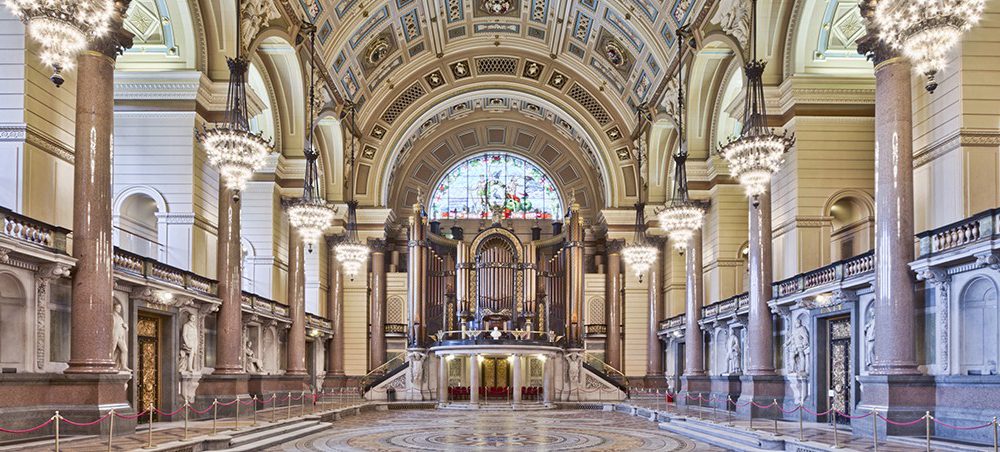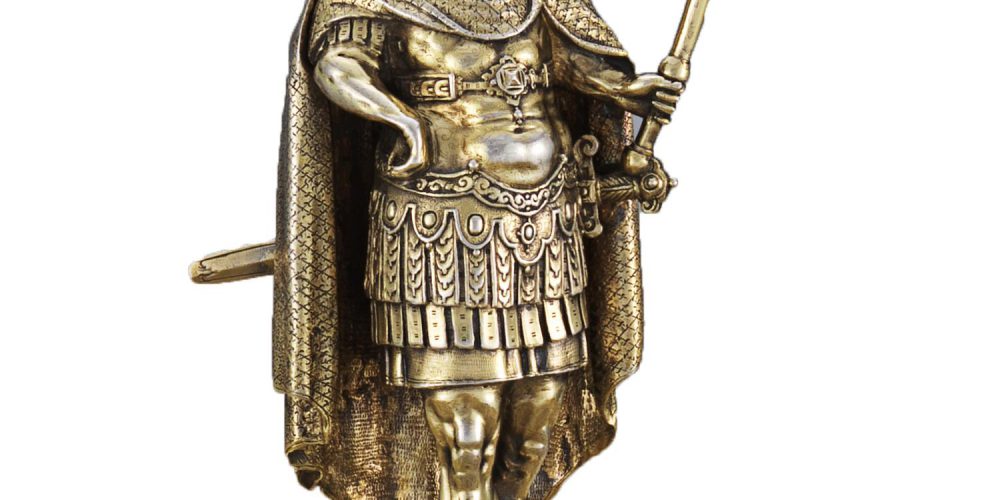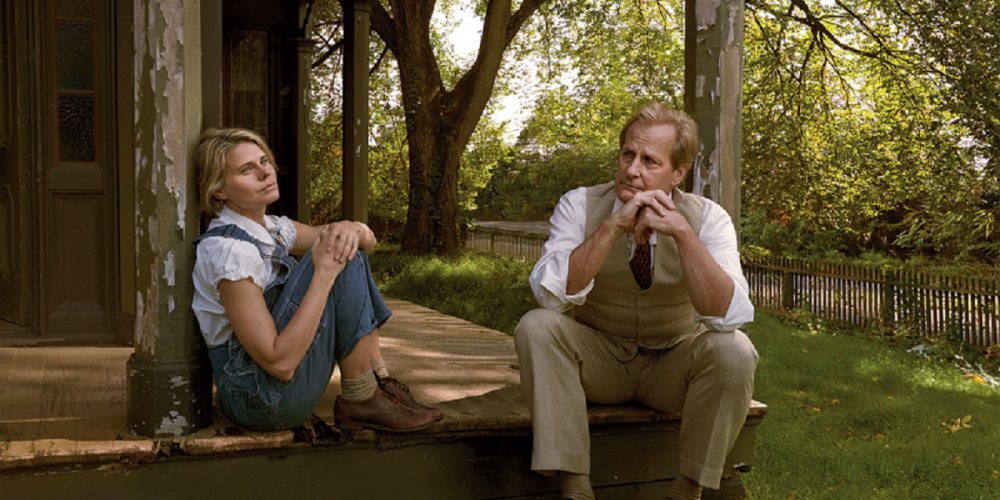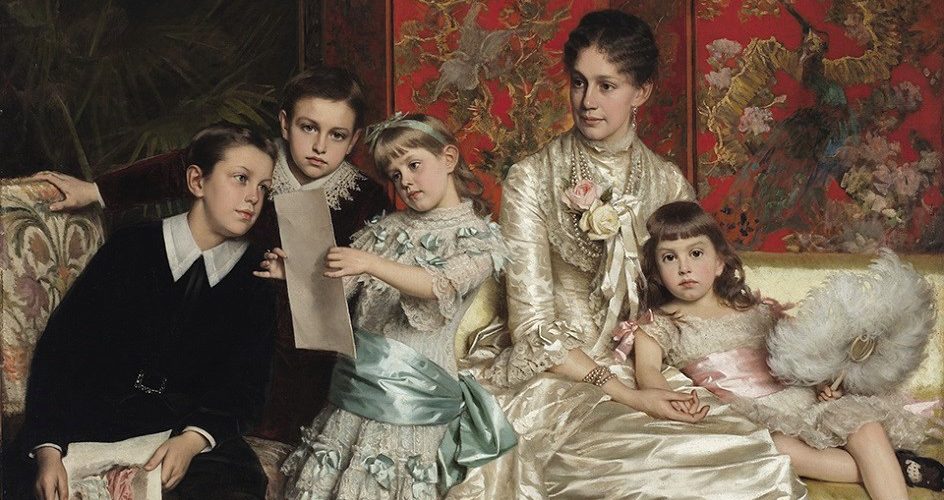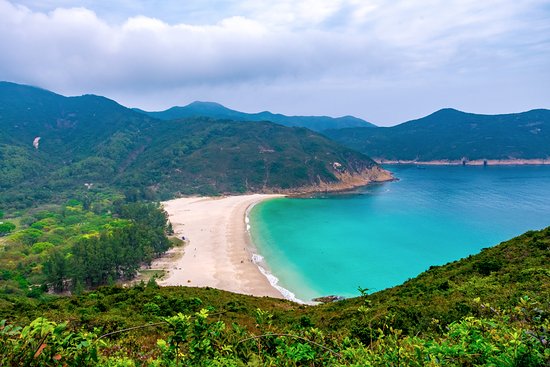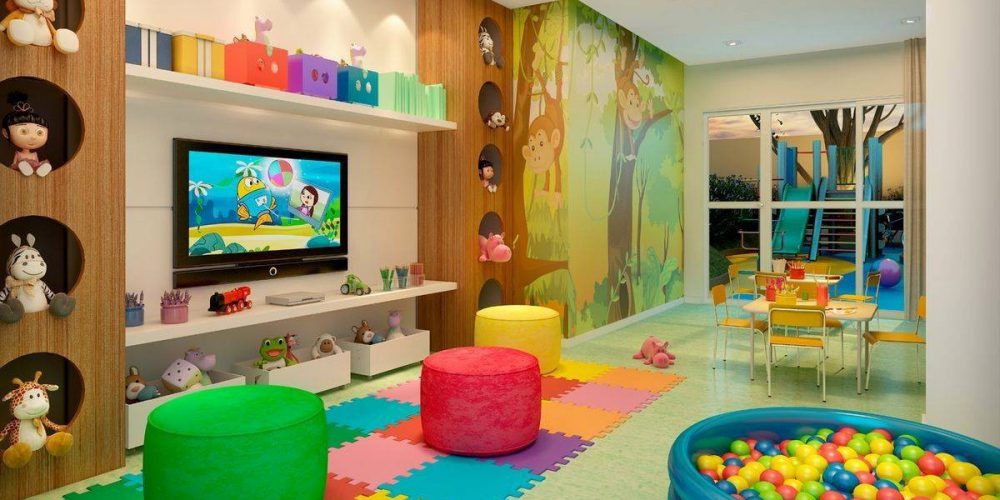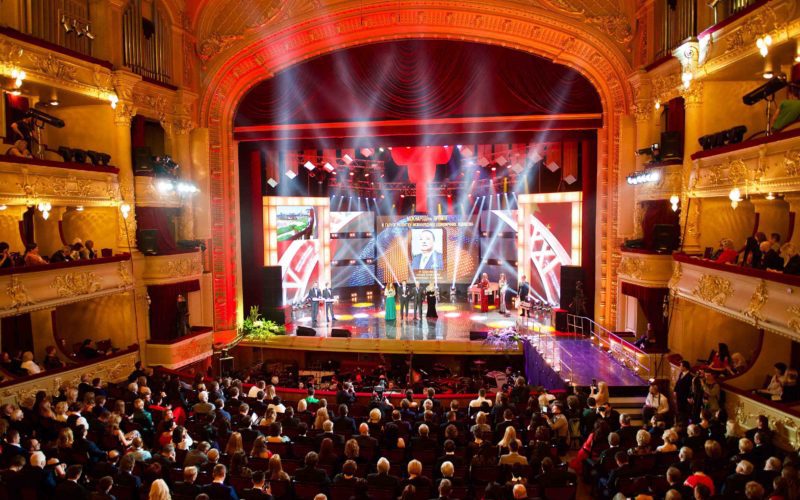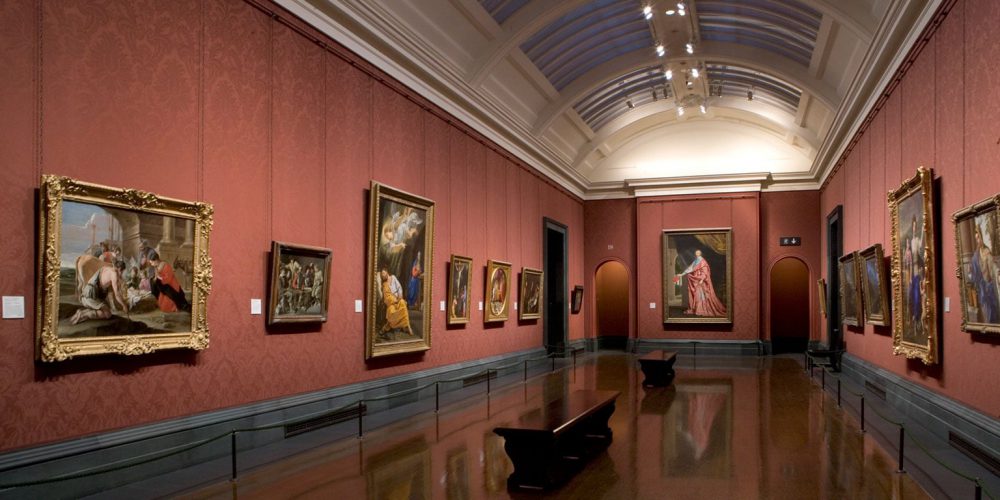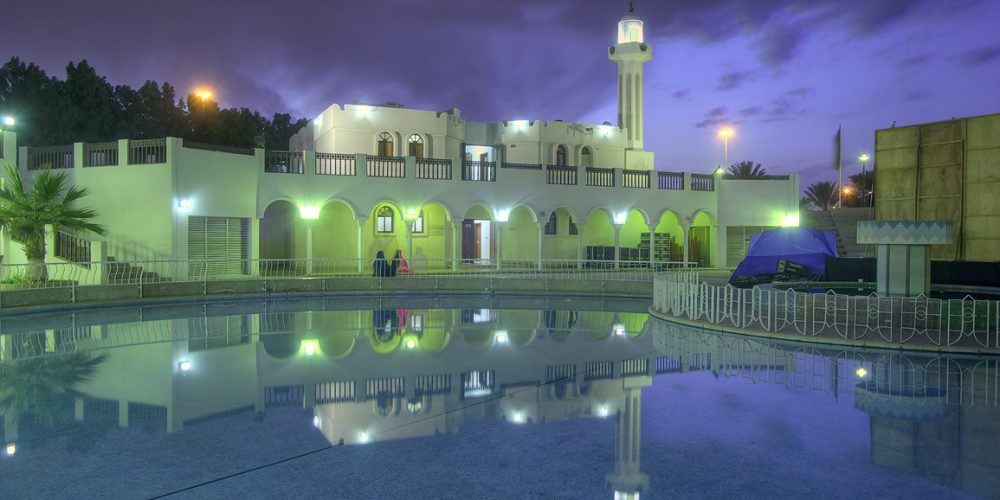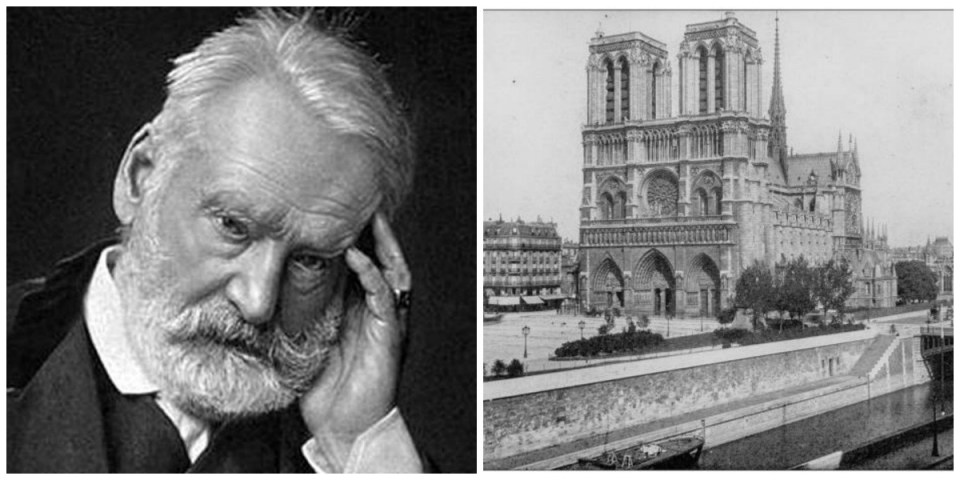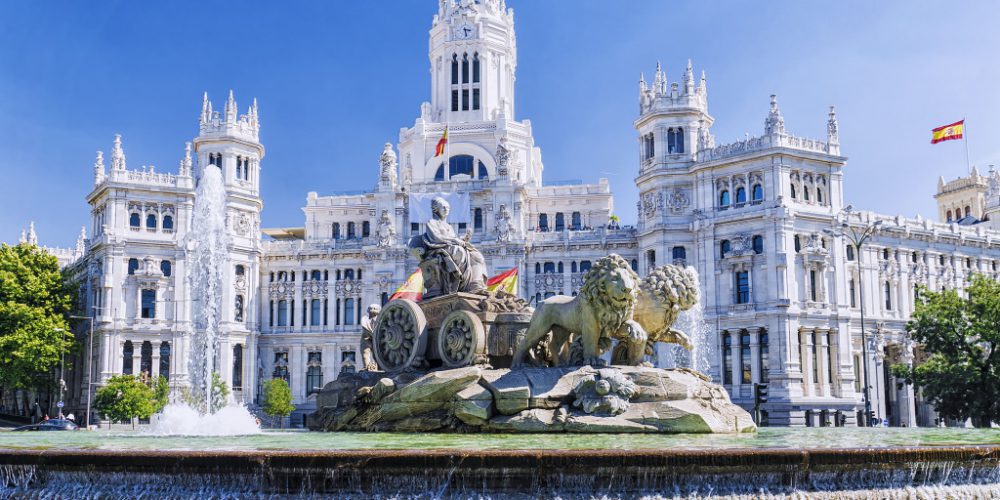Tchaikovsky’s timeless classic The Nutcracker, brilliantly staged by Helgi Tomasson and his creative team at San Francisco Ballet
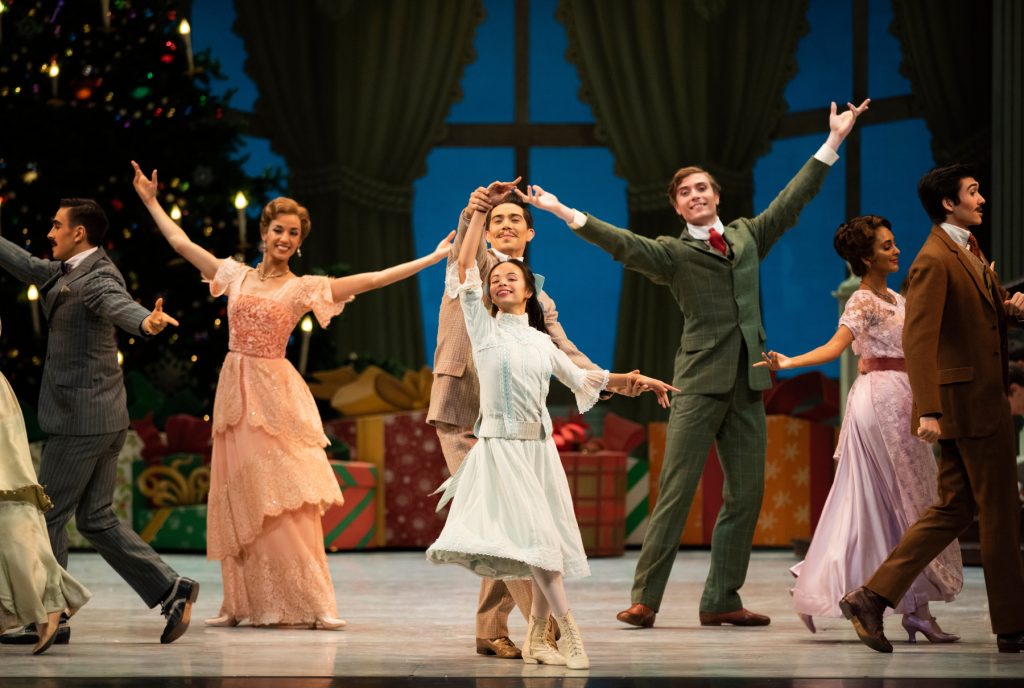
Tchaikovsky’s timeless classic The Nutcracker isn’t just one of the most beautiful ballets ever staged.
It’s also a fun-filled holiday tradition beloved by families all over the world.
Written by P.I. Tchaikovsky and choreographed by Lev Ivanov and Marius Petipa, the greatest ballet master of his era, The Nutcracker was originally staged on December 18, 1892 in St. Petersburg. But it fell undeservedly into semi-obscurity over the next several decades.
On December 24, 1944 — in the midst of World War II — the San Francisco Ballet debuted the first complete staging of the ballet in the United States, sparking an absolute sensation that necessitated an annual tradition.
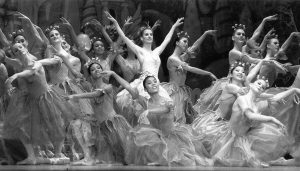
Since then, The Nutcracker has become virtually synonymous with Christmas in America, and it’s become an absolute must-catch for millions of fans.
Helgi Tomasson, Artistic Director and Principle Choreographer of San Franscisco Ballet, describes his vision for the new Nutcracker, an idea he took into planning sessions with set designer Michael Yeargan, and costume and lighting designers Martin Pakledinaz and James Ingalls. “I wanted a production that not only transports children, but also adults into a realm of the magical and the fantastical,” he says.
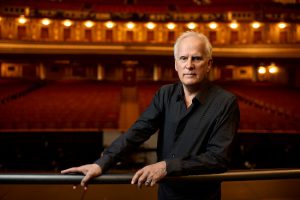
Tomasson decided that the best place to set his production was early 20th-century San Francisco. Not only would that make the production unique, but it would also be a tribute to the city. “The first American production of Nutcracker was staged by San Francisco Ballet in 1944 so it seemed fitting to place it here,” the choreographer says.
From the beginning of the planning process, when Helgi Tomasson chose a creative team of set, costume, and lighting designers, he knew that he wanted this production to be one that San Francisco audiences would identify with.
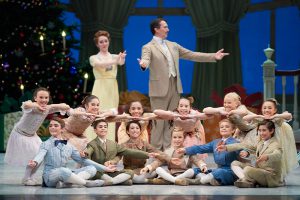
“Placing the production in Germany no longer worked for me,” he says. “For this city, the people who live in San Francisco, there is no identification with mid-nineteenth century Germany. That’s an old European idea.”
Tomasson and his creative team had strong ideas about the first act of Nutcracker. Conducting historical research on San Francisco after the 1906 earthquake, Yeargan was able to recreate a street scene approaching the Stahlbaums’ house, “with wonderful Victorian steps leading up to the front door, wreaths and candles in the windows,” he says.
Even the Stahlbaums’ stylized drawing room with its Victorian staircase and huge bay window in the back was based on photographs and books published during the time period.
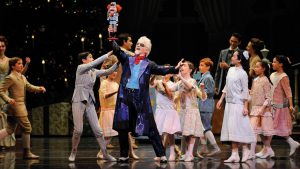
With new choreography and scenery, 172 costumes, a cast of more than 73 company members and 91 School students, this Nutcracker is the largest production that San Francisco Ballet has ever undertaken.
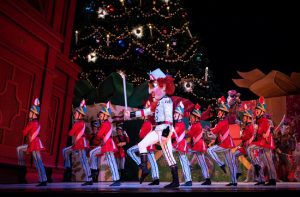
Tomasson’s other source of inspiration for his Nutcracker was the 1915 Panama Pacific International Exposition, which celebrated the opening of the Panama Canal, and San Francisco’s re-emergence post-earthquake. The pavilions at the Exposition, full of exotic exhibits and people from all over the world and the international dances of Act II are connected for Tomasson.
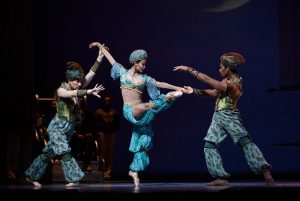
The idea of a Clara transported to “Sugarland” as he calls past productions of Act II, never worked for him. “No one seems to know where Sugarland is,” he says, laughing. “Why can’t Clara imagine that her fantasy is taking place in her own city in one of those incredible pavilions?
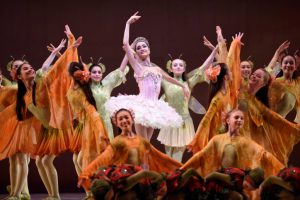
“Looking at photographs of the Exposition, it must have been incredible,” says Tomasson. “I thought, ‘Why not use the concept of the beautiful international pavilions—in a loose way, of course—to suggest the time period in Act II?’”
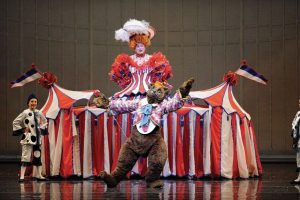
One of the last issues that Tomasson tackled was the ending of Nutcracker. In the Company’s past productions, the ballet ends with Clara and the Nutcracker Prince flying away in a golden swan boat.
In this new production, Tomasson felt strongly about creating a greater sense of resolution—having the ballet return to the Stahlbaum’s home, where the audience discovers Clara just awakened in the drawing room.

And it’s Christmas morning.

